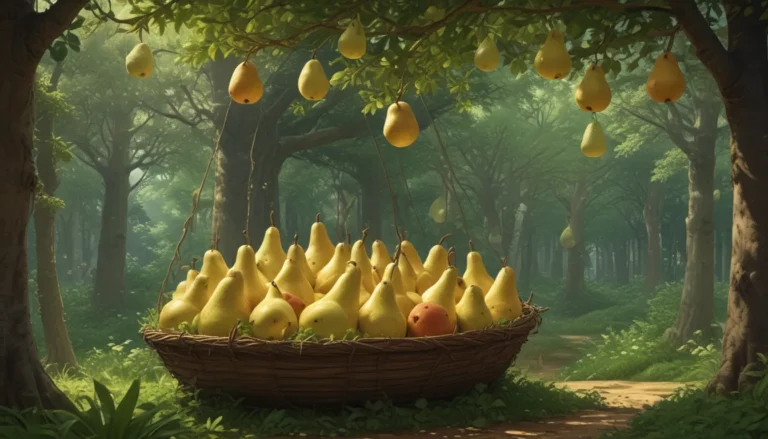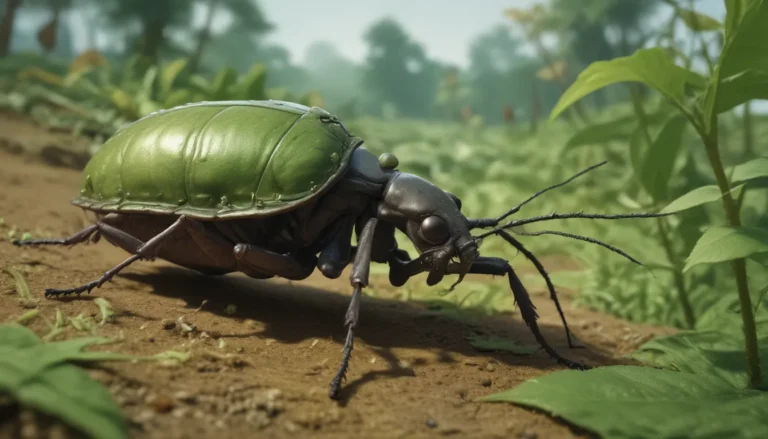How to Successfully Grow Sweet Corn in Your Home Garden

Are you ready to dive into the world of growing sweet corn at home? If you’ve never grown it before, you might have some questions and concerns. How tall does it grow? How do you ensure proper pollination? When is the best time to harvest it? Whether you’re a seasoned gardener or just starting out, this comprehensive guide will walk you through everything you need to know to successfully plant and grow sweet corn in your garden.
Cultivation and History
Did you know that corn, as we know it today, would not exist without human intervention? Originating from a grass family called Poaceae, corn, scientifically known as Zea mays, was created by Mesoamericans around 9,000 years ago from a wild grass called teosinte.
The sweet variety of corn is filled with essential nutrients such as fiber, folate, phosphorus, vitamin C, thiamin, and magnesium, making it not just tasty but also incredibly nutritious.
Propagation
When it comes to growing sweet corn, you have two options for propagation: from seed or from transplants. Starting from seed is a popular choice for many home gardeners, as it allows for greater control over the entire growth process.
- From Seed: When planting from seed, it’s essential to wait until after the last frost date in your area before sowing. Make sure to choose a location with ample sunlight and rich, well-draining soil. Remember, corn is wind-pollinated, so planting in a block pattern can help ensure proper pollination.
- From Transplant: If you prefer to start with transplants, ensure that the area you’re transplanting to receives enough sunlight and has organically rich soil. Dig holes, plant the transplants, water thoroughly, and watch your corn thrive.
How to Grow Sweet Corn
To successfully grow sweet corn, you’ll want to provide organically rich, loose, well-draining soil with a pH of 5.5 to 7.0. Proper spacing is crucial to avoid cross-pollination between different varieties of corn in your garden.
Remember to fertilize regularly with a balanced product, provide consistent moisture, and consider hilling the corn to support the tall stalks. It’s also essential to monitor for pests and diseases that can affect your crop.
Managing Pests and Diseases
Sweet corn is susceptible to various pests and diseases, including aphids, cutworms, European corn borers, anthracnose, common rust, and gray leaf spot. Regularly checking your plants can help prevent many of these issues.
For pests like aphids and cutworms, using organic solutions such as neem oil or handpicking can help control their populations. For diseases, consider using organic biofungicides or fungicidal sprays to manage outbreaks.
Harvesting and Preserving Sweet Corn
Harvest your sweet corn at the milk stage, when the cob feels plump and firm, and the silks are dry and brown. Store your corn wrapped in damp paper towels in the refrigerator to preserve its flavor.
You can also blanch and freeze sweet corn kernels for long-term storage. Enjoy fresh sweet corn as soon as possible for the best taste, or explore various recipes to make the most of your homegrown harvest.
Recipes and Cooking Ideas
There are countless delicious recipes you can make with fresh sweet corn from your garden. Whether you prefer grilled corn with butter and salt, sweet corn fritters, or roasted salads, the options are endless.
Experiment with different dishes to showcase the natural sweetness and flavor of your homegrown sweet corn. The satisfaction of enjoying a dish made with corn you grew yourself is truly unparalleled.
Conclusion
Growing sweet corn at home can be a rewarding experience, from witnessing your plants grow from seeds to enjoying fresh, flavorful corn in your favorite recipes. With proper care, attention to detail, and a little bit of love, you can cultivate a bountiful harvest of sweet corn right in your backyard.
So, what are you waiting for? Start planning your sweet corn garden today and get ready to enjoy the fruits of your labor come harvest time!
Remember, there’s nothing quite like homegrown sweet corn straight from your garden. Happy planting!





